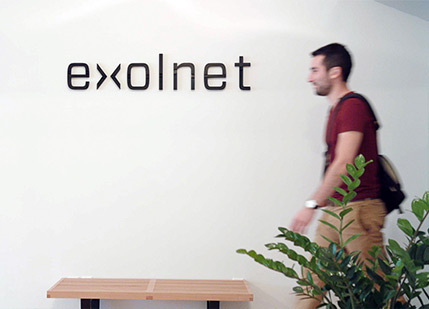What Factors Influence the Cost of Custom Software?
Custom software development is all about addressing specific business needs that off-the-shelf solutions simply can’t meet. Since the solution is fully tailored to your unique requirements, several variables can affect its final cost. Much like building a home, every decision you make influences the total budget.
Here are a few key factors that can impact the cost of your custom software project.
1. Your Preparation Level
Well-prepared clients have a clear vision of what they want their software to achieve. They’ve identified concrete objectives, outlined the features they expect, and understand the problems they want to solve.
When requirements are well defined from the start, you reduce the time needed for initial analysis, allowing developers and architects to begin designing right away. This also minimizes misunderstandings and costly mid-project changes. In short: the clearer your needs, the more you save in time and money.
Want to better prepare your project? Check out our article “Software Specification Document: What Should It Include?”
2. Who the Application is For
a) User Diversity
If your users are spread across the globe, your software may need to support multiple time zones, languages, and privacy regulations. These added layers of complexity lead to higher development costs.
Conversely, if your users are local and relatively homogenous, development is more straightforward and less expensive.
b) Peak Usage
Custom solutions meant for thousands of simultaneous users present technical challenges. Imagine 30,000 users logging into a transactional app at once. This scenario often requires scalable architecture, load balancing, queuing mechanisms, and system redundancy, factors that increase development time and cost.
There’s a big difference between “30,000 users at once” and “30,000 users spread over time.”
c) Internal Use vs Public App
Developing a private, internal web app is usually less complex than building one for the public. Internal users are known, limited in number, and the app can be designed specifically for their environment, browser, and expertise.
These apps typically operate in controlled environments, making it easier to implement security measures. They also don’t require support for a wide variety of devices or browser versions, simplifying development and testing. Fixes and improvements are also faster with internal user feedback.
Public apps, on the other hand, require extensive UX research and robust testing cycles.
3. Functionality Requirements
a) Complex Business Logic
The number and complexity of business rules greatly affect cost and timeline. Each rule must be translated into code, tested thoroughly, and integrated without conflict. The more rules, the more complicated, and costly, the development becomes.
b) Compatibility
Costs increase when your app needs to be compatible with:
Multiple browsers
Mobile devices and tablets
Embedded systems (e.g., infotainment systems, kiosks, control panels)
c) Data Sensitivity & Operational Criticality
If your app handles sensitive data (financial, medical, or otherwise), it must meet higher security standards.
Advanced security may include multi-factor authentication, data encryption, and security audits. These measures demand specialized expertise and add time to the project.
Compliance with laws like GDPR, HIPAA, or PCI-DSS also requires more effort and expertise, driving up costs.
d) Data Integration & Migration
Connecting your app with other systems can be simple or complex, depending on the quality of the target system’s API. Poorly documented or outdated systems take more time to integrate.
Data migration from legacy systems also introduces complexity, especially if old formats are obsolete or incompatible. Custom scripts or tools might be needed to ensure a smooth transfer.
Want to dive deeper into APIs? Read our article: “Custom APIs and Connection Bridges”.
4. Project Management Structure
Project governance also plays a role in cost.
Fewer decision-makers usually lead to faster approvals and smoother execution. On the flip side, involving too many stakeholders slows things down and increases coordination efforts.
Similarly, projects involving multiple external partners often require additional planning and communication, which also raises the overall cost. Striking the right balance in project management is key to keeping things efficient.








